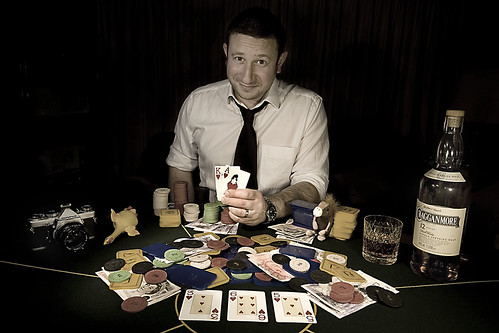All what you need is a poker face!

In the world of poker, maintaining a stoic and unreadable poker face is a crucial skill that can make or break your game. A well-crafted poker face conceals your emotions, intentions, and reactions, making it difficult for your opponents to predict your next move. In this article, we’ll delve into the importance of the poker face, offer tips on how to perfect it, and explore its psychological impact on your opponents.
The Importance of the Poker Face
A poker face is essential for players who want to maintain a strategic edge in the game. By keeping your emotions and intentions hidden, you prevent your opponents from gaining valuable insight into your strategy. This is particularly important in games like Texas Hold’em and Omaha, where reading your opponents and making educated guesses about their cards can be the difference between winning and losing.
Developing Your Poker Face
Here are some tips on how to perfect your poker face and use it to your advantage:
- Relax and maintain a neutral expression: To prevent your opponents from reading your emotions, maintain a neutral facial expression. Practice in front of a mirror, focusing on keeping your face relaxed and free from any signs of tension or excitement.
- Control your breathing: Rapid or shallow breathing can give away your emotional state. Concentrate on maintaining slow, deep breaths to keep your nerves in check and your poker face intact.
- Limit your movements: Fidgeting or excessive movement can betray your intentions. Keep your hands, arms, and legs still, and avoid touching your face or hair, as these actions can inadvertently reveal your emotions.
- Master your eye contact: Staring too intently at your opponents or avoiding eye contact altogether can make you appear either overly aggressive or nervous. Strive for a balanced approach, maintaining eye contact without being overly intense.
- Be mindful of your voice: If you’re required to speak during the game, be conscious of your tone and volume. Keep your voice steady and neutral to avoid revealing any emotions.
The Psychological Impact of the Poker Face
A well-executed poker face not only conceals your intentions but can also intimidate and confuse your opponents. By remaining unreadable, you can create a sense of uncertainty and unease among your competitors, leading them to second-guess their strategies and potentially make costly mistakes.
Additionally, a poker face can be used to bluff your opponents. By appearing confident and in control, you can trick your opponents into believing that you have a stronger hand than you actually do. This can lead them to fold prematurely or make ill-advised bets, ultimately benefiting your game.
Mastering the art of the poker face is an essential skill for anyone serious about succeeding in the world of poker. By concealing your emotions and intentions, you can maintain a strategic advantage over your opponents and dictate the outcome of the game. Remember to practice your poker face regularly, refining your technique to make it as effective as possible. As you gain experience, you’ll find that your poker face becomes an invaluable tool in your arsenal, helping you to outwit your opponents and secure victory.
